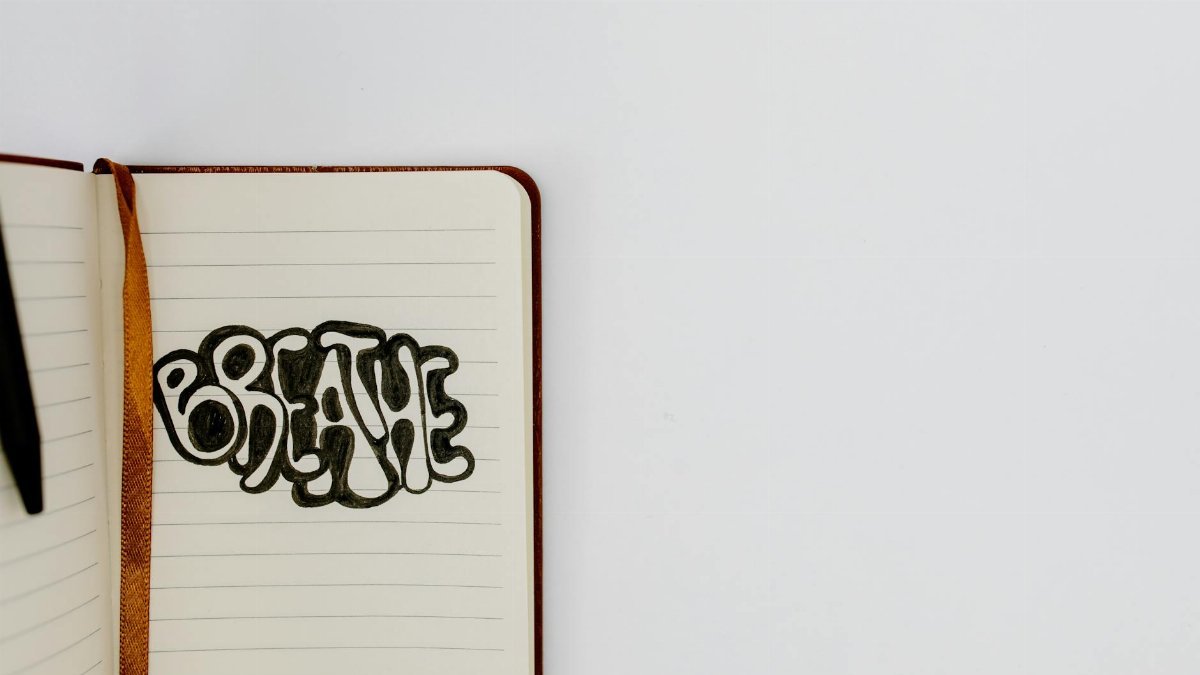Imagine the day’s end, when the glow of a screen feels less like a lifeline and more like a weight. For many Americans, the habit of endless scrolling—through news, social feeds, or mindless videos—carries a subtle sting of regret. It’s a feeling now often dubbed “scroll guilt,” a nagging sense of wasted time or overstimulation. But what if there were a simple way to counter it? Enter the concept of a scroll guilt unwind, a deliberate pause to reset the mind and body. This isn’t about shaming tech use. Instead, it’s a practical shift, a way to reclaim calm in just a few minutes. As stress and digital overload continue to shape mental health conversations in 2025, a quick evening routine might be the antidote so many are quietly seeking. Let’s explore a 7-minute unwind ritual designed to ease that burden.
The Weight of Scroll Guilt

Scroll guilt isn’t just a catchy phrase—it’s a real phenomenon tied to how our brains process digital input. Hours spent on devices can trigger a dopamine loop, where each swipe or click promises a tiny reward, yet often leaves us drained. A 2023 study from the American Psychological Association noted that passive social media use, like endless scrolling, correlates with higher stress and lower well-being. For middle-aged adults juggling work, family, and personal time, this can compound daily fatigue. The guilt creeps in when we realize those minutes—or hours—could have been spent elsewhere. It’s not uncommon to hear someone mutter, as if to themselves, “Why did I just waste an hour on that?” The emotional toll is subtle but persistent, often disrupting the transition to rest.
Why Evening Unwind Matters

Evenings are a critical window for mental recovery. After a day of decisions and digital noise, the body craves a shift into what experts call “rest-and-digest” mode, governed by the parasympathetic nervous system. Yet, blue light from screens suppresses melatonin, the hormone that signals sleep readiness, according to research from Harvard Medical School. Worse, the mental churn of scroll guilt can keep the mind buzzing when it should be winding down. An intentional unwind routine acts like a bridge, guiding the nervous system away from overstimulation. For many, this isn’t just about better sleep—it’s about reclaiming a sense of control over their time and energy at day’s end.
Breaking the Scroll Cycle in 7 Minutes

Seven minutes might sound trivial, but it’s enough to disrupt the scroll guilt unwind challenge. Start by setting a clear boundary: put the phone face down or in another room. This isn’t a permanent detox—just a brief reset. The goal here isn’t to vilify technology but to create space for something else. Studies, like those summarized by the National Institute of Child Health and Human Development, show that even short breaks from screens can lower cortisol levels, the stress hormone. Use this time to focus inward, not on another distraction. What follows is a structured way to fill those minutes with purpose, tailored for anyone who feels that familiar pang of digital regret.
Minute 1-2: Breathe with Intention

Begin with two minutes of focused breathing. Sit somewhere comfortable—your couch, a chair, even the edge of your bed. Close your eyes if it feels natural. Inhale for a count of four, hold for two, then exhale for six. This isn’t meditation in the traditional sense; it’s a signal to your body to slow down. Research from the National Center for Biotechnology Information highlights how slow, deliberate breathing can reduce heart rate and ease anxiety within moments. Picture the day’s tension—a tight meeting, a frustrating email, or that nagging scroll guilt—slipping away with each exhale. It’s less about clearing the mind and more about grounding yourself in the present, away from the pull of a screen.
Minute 3-4: Gentle Movement

Next, spend two minutes on light, mindful movement. Stand up and stretch your shoulders, rolling them back slowly, or do a simple neck tilt, side to side. If you’ve been hunched over a device, this counters the physical toll. No need for a full workout—think of it as waking up the body in a quiet way. One woman, after trying this routine, described it as “like shaking off a heavy coat.” The act of moving, even briefly, shifts focus from mental loops to physical sensation. It’s a small but powerful way to break the inertia of scrolling, reminding the body that it’s more than a vessel for staring at a glowing rectangle.
Minute 5-6: Reflect Without Judgment

Now, take two minutes to reflect. Grab a scrap of paper or just think quietly. Ask yourself: What’s one thing I’m glad I did today? It could be as mundane as finishing a task or as meaningful as a kind word to someone. This isn’t about ignoring scroll guilt but reframing the day beyond it. Avoid the temptation to critique your screen time—just note a positive. This practice, rooted in gratitude research, can subtly lift mood, as noted in studies from institutions like Harvard Health. It’s a pivot away from regret, steering the mind toward a softer landing as the evening deepens.
Minute 7: Signal the End

Finish with a single minute to mark the end of this scroll guilt unwind ritual. Choose a small, tactile action: sip a glass of water, adjust a pillow, or turn off a nearby light. This acts as a mental bookend, telling your brain the reset is complete. It’s not about grand gestures but a quiet acknowledgment that you’ve stepped away from the digital churn. For some, this final moment feels like permission to let go of the day’s noise. One person shared in an online discussion that this tiny act—setting down their phone and just sitting still for a beat—felt like “finally closing a noisy tab in my head.” It’s a simple capstone to seven minutes of intentional calm.
Adapting the Routine for Real Life

Life doesn’t always allow for perfect timing. Maybe seven minutes feels too long on a hectic night, or the kids are still awake, demanding attention. That’s fine—adapt the scroll guilt unwind approach. Cut it to five minutes by shortening each step, or do it in fragmented bursts: breathe while waiting for the kettle, stretch while standing at the sink. The point isn’t rigidity but consistency in creating a buffer between screen time and rest. For middle-aged readers, often balancing multiple roles, flexibility is key. The routine’s power lies in its simplicity, not in following a strict script. Over time, even a modified version can build a habit of release.
The Bigger Picture of Digital Balance

Stepping back from scroll guilt isn’t just about one evening routine—it’s part of a broader push for digital balance in 2025. With screen time averages still climbing, as reported by various surveys, the need for intentional breaks grows. This 7-minute unwind isn’t a cure-all, but it’s a starting point. It challenges the assumption that every free moment must be filled with input. Instead, it offers a reminder that rest, even fleeting, has value. For many Americans, caught between productivity demands and digital habits, small acts of reclaiming time can ripple outward. What begins as a way to ease guilt might evolve into a deeper recalibration of how we engage with technology—and with ourselves.
